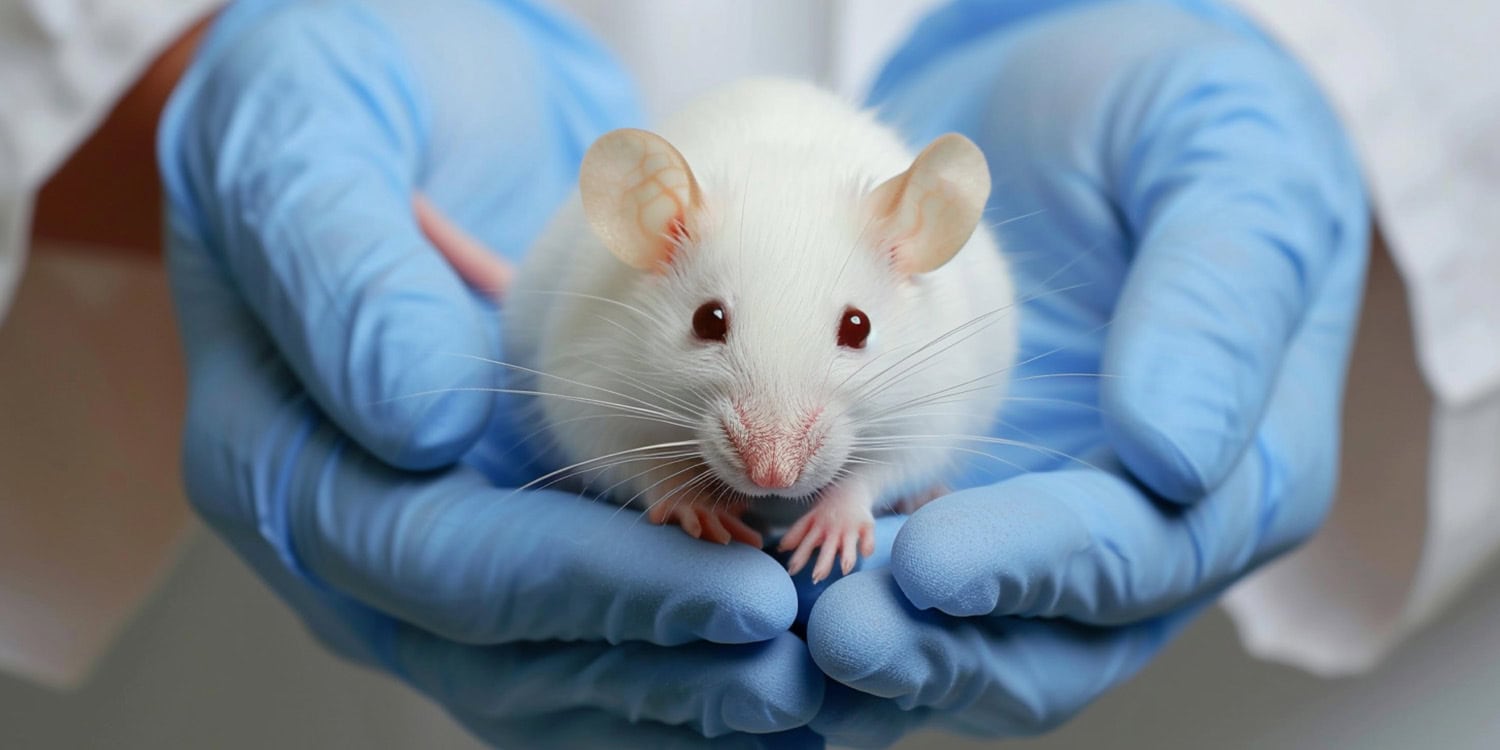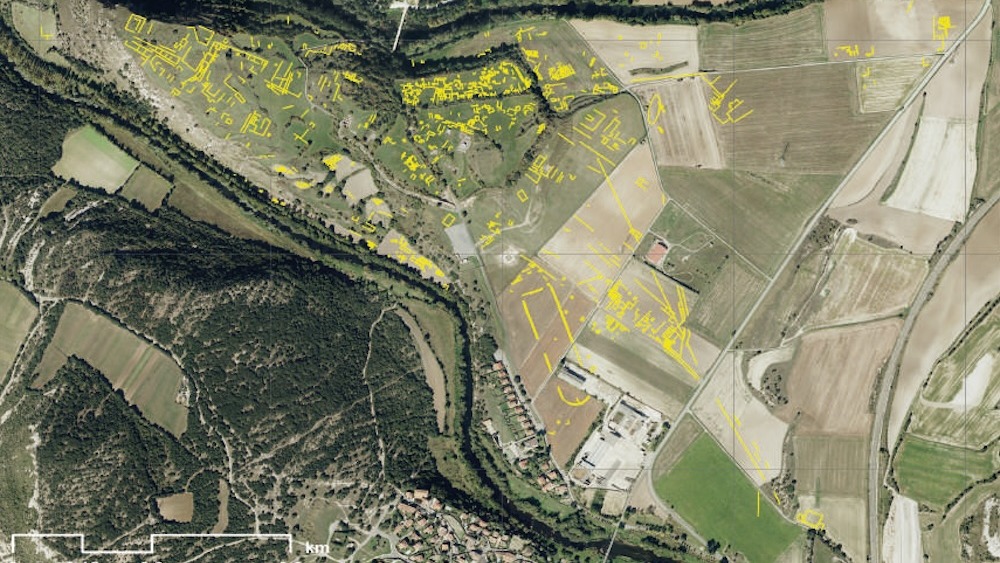New research published in The Journal of Neuroscience demonstrates that the cognitive benefits of physical exercise can be transmitted transgenerationally from grandfathers to grandsons, suggesting that exercise-induced cognitive improvements may persist across multiple generations.
Exercise has been shown to enhance neuroplasticity and improve cognitive abilities in various species, including humans. Previous research has explored the intergenerational transmission of these benefits, particularly from parents to their offspring. However, the extent to which these effects can be transmitted beyond the first generation (transgenerational inheritance) remains underexplored.
Elisa Cintado and colleagues filled this gap by investigating whether cognitive enhancements resulting from exercise could be transmitted from the grandparental generation to the second-generation male mice.
The researchers utilized three generations of mice—F0 (grandfathers), F1 (fathers), and F2 (grandsons). The F0 generation consisted of male C57BL/6J mice that were randomly assigned to either an exercise group or a sedentary control group. The exercise group underwent a moderate-intensity treadmill exercise regimen for six weeks, with sessions consisting of running at 1,200 cm/min for 40 minutes per day, five days a week.
In contrast, the sedentary group remained in their home cages without any physical activity. Upon completion of the exercise protocol, sperm from the F0 males was collected and used to generate the F1 generation via in vitro fertilization (IVF), ensuring the absence of maternal exercise effects.
The F1 generation consisted of sedentary males derived from either exercised (F1RUN) or sedentary (F1SED) F0 grandfathers. These F1 males were further bred using IVF techniques to produce the F2 generation, again without any exposure to exercise, thereby maintaining the sedentary condition across generations. A total of 23 F2 male mice were used in the study, comprising two groups: those descended from exercised grandfathers (F2RUN, n=8) and those from sedentary grandfathers (F2SED, n=15).
The cognitive performance of the F2 mice was assessed using a battery of behavioral tests designed to evaluate different aspects of memory and learning. These included the Novel Object Recognition (NOR) test to measure non-spatial memory, the Object Location (OL) test to assess spatial memory, and the Contextual Fear Conditioning (CFC) test to evaluate aversive memory and discrimination abilities.
Additionally, hippocampal tissue was collected from the F2 mice for histological examination and small RNA sequencing to identify differentially expressed microRNAs, which might provide insights into the molecular mechanisms underpinning any observed cognitive differences.
The results showed that the F2RUN mice, whose grandfathers had exercised, demonstrated significantly better cognitive performance than the F2SED mice across multiple tests. In the NOR test, the F2RUN mice showed improved short-term memory recall compared to the F2SED mice. Similarly, in the OL test, the F2RUN mice outperformed the F2SED mice in detecting subtle changes in object location. These findings suggest that the cognitive benefits of exercise observed in the F0 generation were transmitted to the F2 generation, even in the absence of any exercise in the intervening generations.
Interestingly, while the cognitive improvements were apparent, there were no significant differences between the F2RUN and F2SED mice in measures of adult hippocampal neurogenesis, such as the number of neural stem cells or immature neurons. This contrasts with previous findings in the F1 generation, where increased neurogenesis was observed in the offspring of exercised mice.
However, microRNA analysis revealed 35 differentially expressed microRNAs in the hippocampus of F2RUN mice, with two specific microRNAs (miRNA-144 and miRNA-298) showing a robust negative correlation with cognitive performance. These results suggest that epigenetic mechanisms, potentially mediated by specific microRNAs, may play a role in the transgenerational transmission of exercise-induced cognitive benefits.
A notable limitation of this study is that it primarily focused on male mice and did not explore potential sex differences in the transgenerational transmission of exercise-induced cognitive benefits. Future research should include female offspring to determine whether similar effects are observed across sexes.
The study, “Grandfathers-to-Grandsons Transgenerational Transmission of Exercise Positive Effects on Cognitive Performance”, was authored by Elisa Cintado, Patricia Tezanos, Manuela De las Casas, Pablo Muela, Kerry R. McGreevy, Ángela Fontán-Lozano, Eva Sacristán-Horcajada, Jaime Pignatelli, María L. de Ceballos, María Jesús del Hierro, Julia Fernández-Punzano, Lluís Montoliu, and José Luis Trejo.



